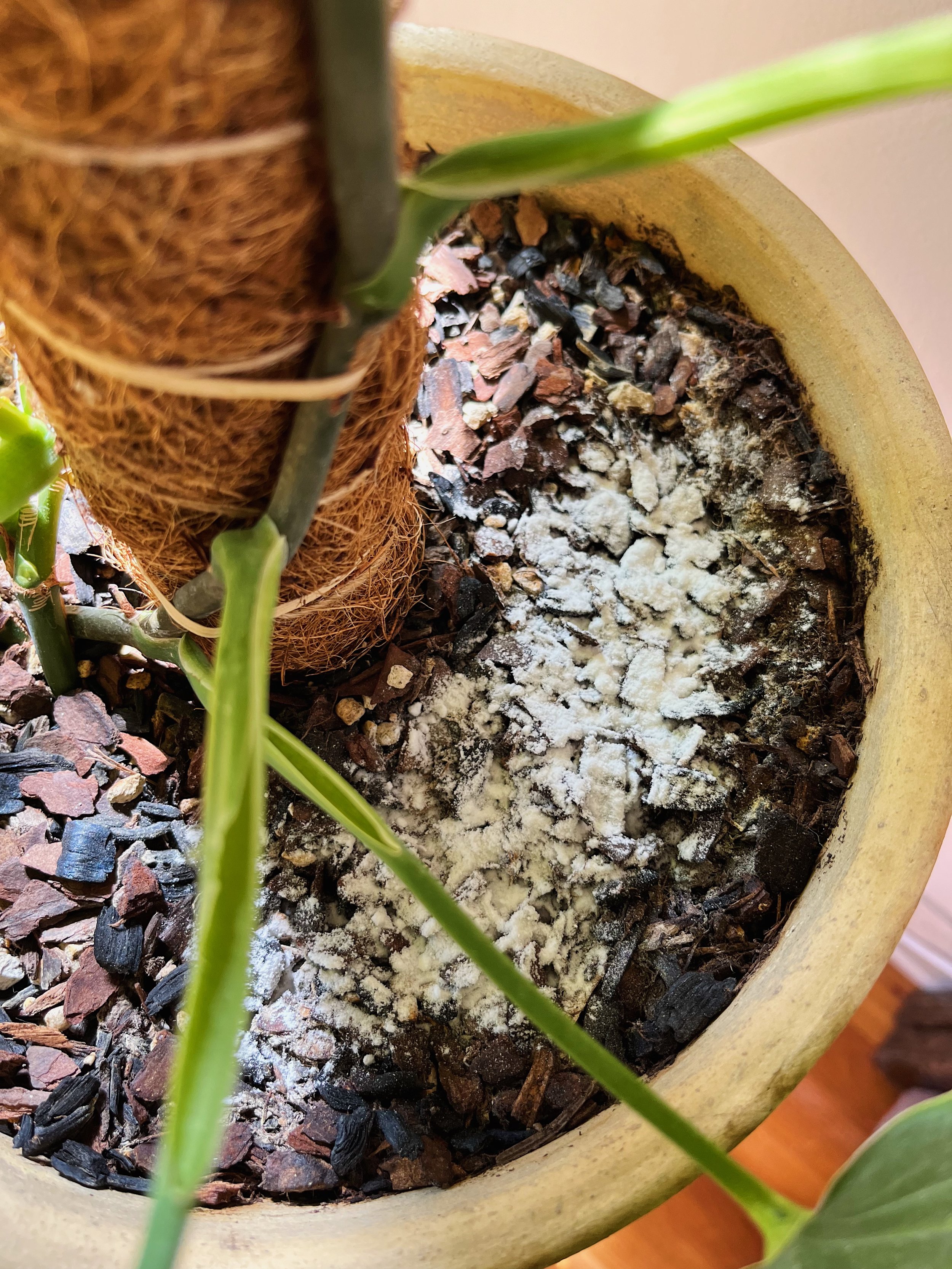What Are Fungus Gnats?
Fungus gnats are tiny, delicate flies that often infest houseplants and garden soil. While they may seem harmless, these pests can cause significant damage to your plants, particularly young seedlings and delicate root systems. Understanding the lifecycle and habits of fungus gnats is crucial for effective control.
Identifying Fungus Gnats
Adult Fungus Gnats
Adult fungus gnats are small, dark gray or black flies that resemble fruit flies. They typically measure about 1/8 inch in length and have long, slender legs.
Fungus Gnat Larvae
Fungus gnat larvae are the culprits behind the damage to your plants. They are small, white, legless worms that live in the soil. These larvae feed on fungi and organic matter, but they can also damage plant roots, especially those of young seedlings.
The Fungus Gnat Lifecycle
Fungus gnats undergo a complete metamorphosis, consisting of four stages:
Egg
:max_bytes(150000):strip_icc()/control-gnats-in-plants-4174817_V3-524db8540aaa403a99a313ba1deecff0.png)
Female fungus gnats lay tiny, white eggs in moist soil.
Larva
The eggs hatch into legless larvae that feed on fungi and organic matter in the soil.
Pupa
The larvae pupate in the soil, forming a dark, hardened case.
Adult
Adult fungus gnats emerge from the pupae and begin the cycle anew.
Conditions Favoring Fungus Gnat Infestations
Fungus gnats thrive in moist, organic-rich soil. Overwatering, poor drainage, and excessive organic matter in the potting mix can create ideal conditions for these pests.
Damage Caused by Fungus Gnats

While adult fungus gnats are generally harmless, their larvae can cause significant damage to plants:
Root Damage: Fungus gnat larvae feed on plant roots, which can stunt growth and weaken plants.
Preventing Fungus Gnat Infestations
Prevention is key to controlling fungus gnats. Here are some tips to prevent infestations:
Avoid Overwatering: Water your plants only when the top inch of soil is dry.
Controlling Fungus Gnat Infestations
If you have a fungus gnat infestation, there are several effective control methods:
Cultural Control

Reduce Moisture: Allow the top inch of soil to dry out between waterings.
Biological Control
Beneficial Nematodes: These microscopic worms prey on fungus gnat larvae.
Chemical Control
Insecticidal Soaps: These can be effective against adult fungus gnats.
Note: Always read and follow the label instructions when using chemical insecticides.
Conclusion
Fungus gnats can be a persistent pest in indoor and outdoor gardens. By understanding their lifecycle, habits, and preferred conditions, you can take proactive steps to prevent and control infestations. Remember, a combination of cultural, biological, and chemical control methods is often the most effective approach.



:max_bytes(150000):strip_icc()/growing-and-using-coreopsis-in-the-flower-garden-1402839-recirc-e8a9c85c0aea450185512cccc56c1b42.jpg?w=200&resize=200,112&ssl=1)
:max_bytes(150000):strip_icc()/calathea-orbifolia-growing-guide-5270824-hero-2a3b8667f05b40a49b27da573d2486fb.jpg?w=200&resize=200,112&ssl=1)

:max_bytes(150000):strip_icc()/grow-sago-palms-1902770-06-b83d3d47262a499c889900a6c83625f7.jpg?w=200&resize=200,112&ssl=1)
